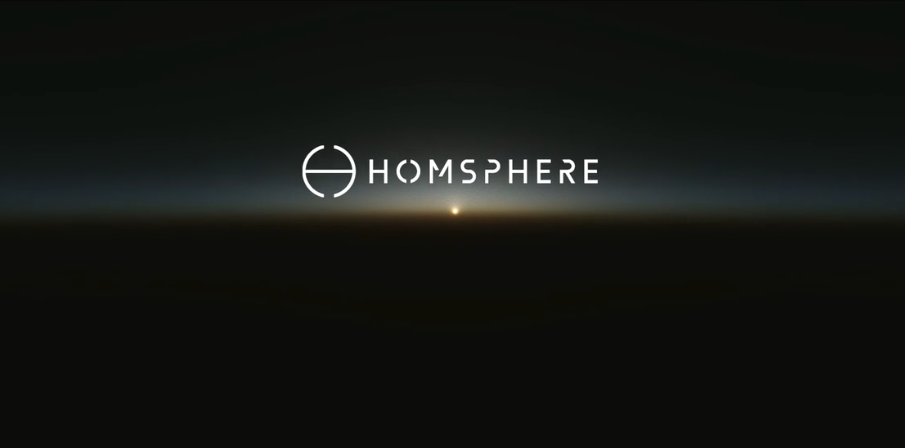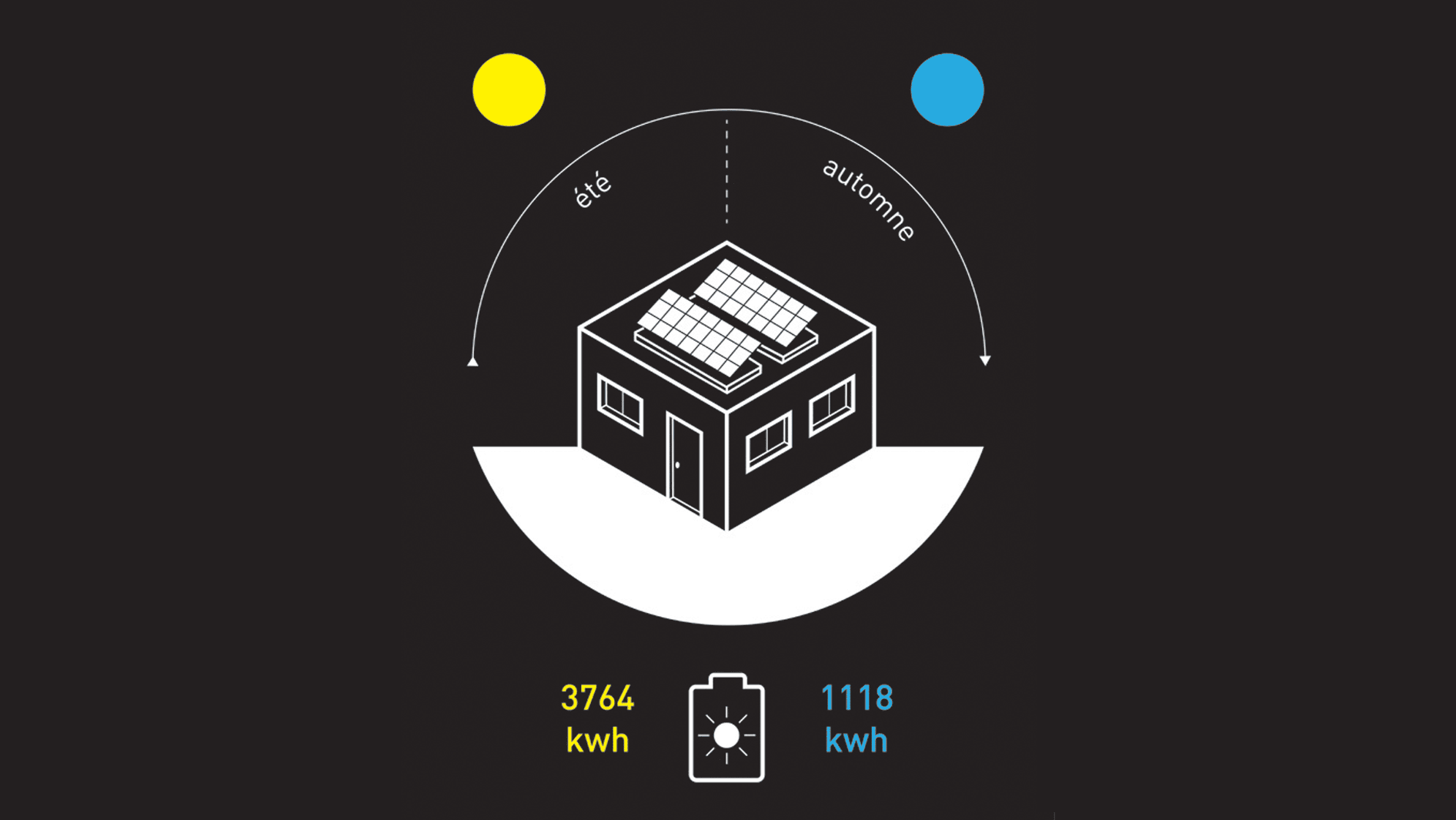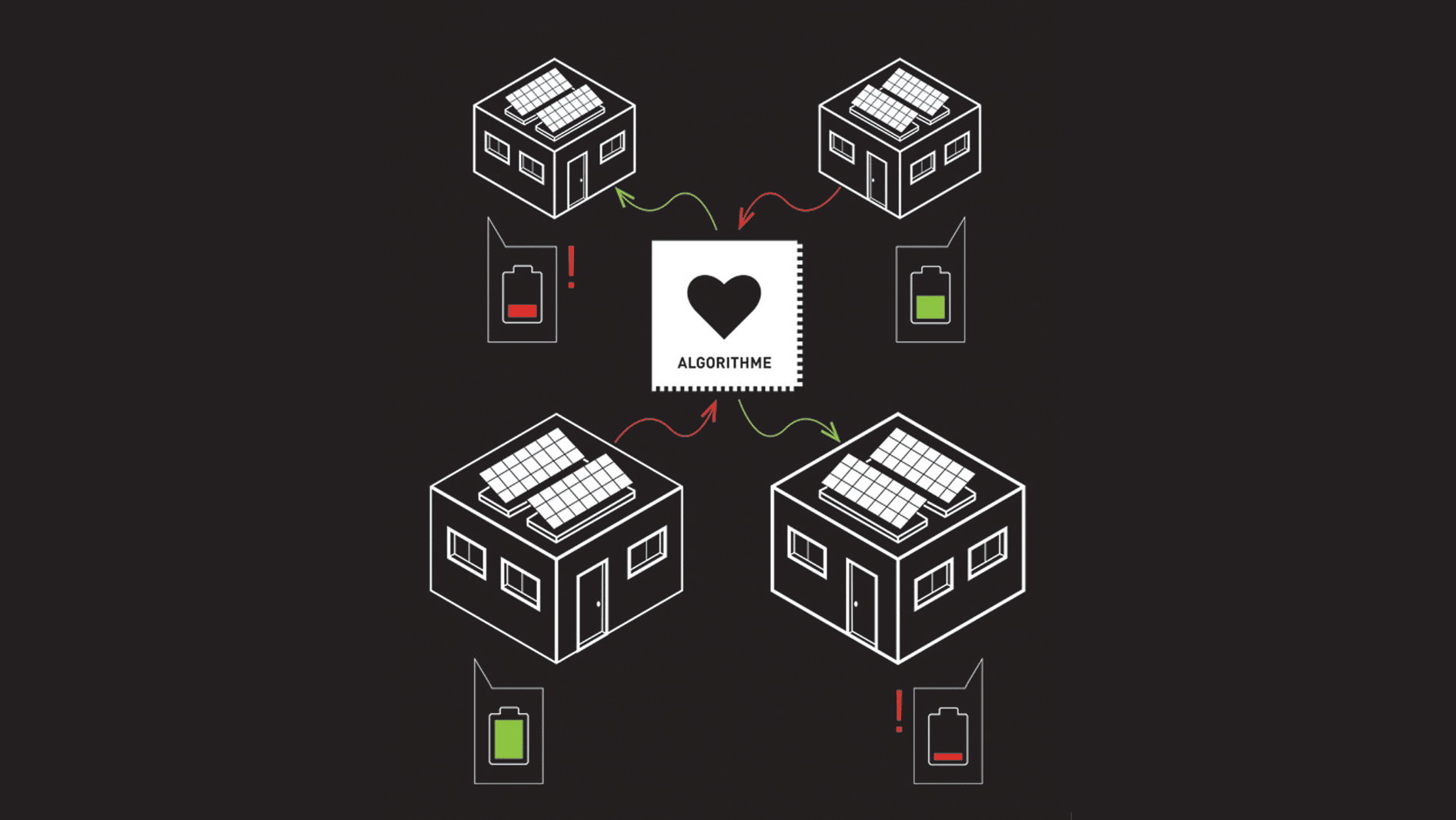The Homsphere ecosystem
Homsphere builds the home of tomorrow.
Homsphere homes are autonomous in order to support our contemporary lifestyles: simple, informed and comfortable. Thanks to our own microgrid and its algorithm, the energy required for all your equipment and your electric car is sourced instantly, at any time of day, without you having to worry about it.
Energy management is carried out by an algorithm that manages the electricity consumption of both buildings and electric vehicles. Thanks to their business model favourable to homebuyers, Homsphere houses guarantee an environmentally-friendly product and a reduction in energy costs of around 90 to 100%, thanks to the investment in energy production and the existence of the microgrid (i.e. a smaller version of a conventional electricity network) between the houses.




